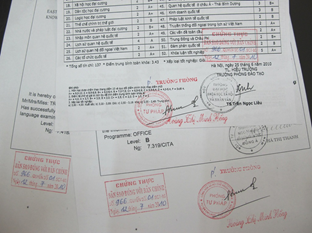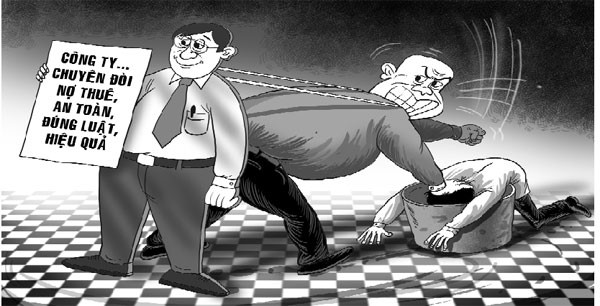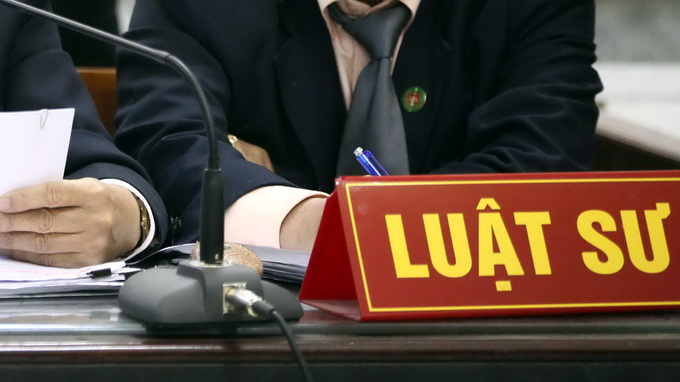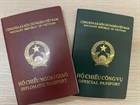Alongside the Red Book and the Pink Book, the Household Registration Book is considered one of the important "assets" of each family. However, in the recent Draft of the Law on Residence, it has been proposed to abolish the Household Registration Book and replace it with a personal identification code for managing residents. So, what is a personal identification code?
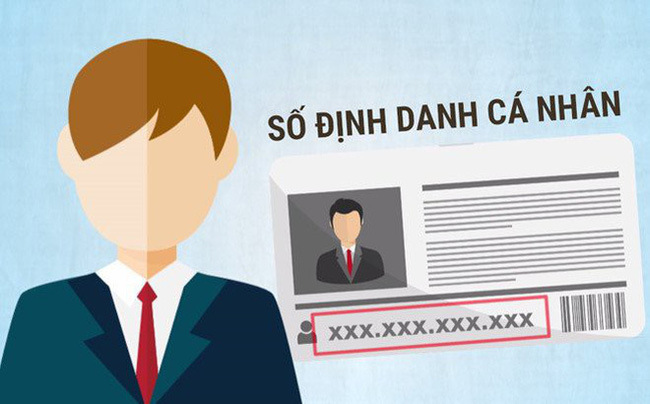
What is a Personal Identification Number?
1. What is a Personal Identification Number?
The Personal Identification Number is the number on the Citizen Identification Card. Vietnamese citizens aged 14 and above are issued with a Citizen Identification Card as per legal regulations.
According to Clause 1, Article 12 of the Law on Citizen Identification 2014, the personal identification number is defined as follows:
The personal identification number is established from the national database on population and used to connect, update, share, and exploit information of citizens in the national database on population and specialized databases;
The personal identification number is uniformly managed nationwide by the Ministry of Public Security and assigned to each Vietnamese citizen without duplication.
Thus, the personal identification number is a piece of information about a citizen that is collected and updated into the national database on population. This number will be linked to an individual from birth to death, does not change, and does not duplicate with any other individual’s identification number.
2. Structure of the Personal Identification Number
According to Article 13 of Decree 137/2015/ND-CP, guided by Article 7 of Circular 07/2016/TT-BCA, the structure of the personal identification number is as follows:
- The identification number is a natural number string consisting of 12 digits, structured with 6 digits representing the century of birth, gender code, year of birth of the citizen, code of the province or central-affiliated city or the country code where the citizen registers the birth, and 6 random digits.
- Specifically ordered as follows:
- The first 3 digits are the code of the province or central-affiliated city where the citizen registered the birth, or the code of the country where the citizen registered the birth.- The next 3 digits are the code for the century of birth, gender code, and year of birth.- The last 6 digits are random numbers.
- The personal identification numbers are fully confidential.
3. Procedure for Issuing Personal Identification Numbers
For cases of birth registration:
According to Article 16 of the Law on Civil Status 2014, the issuance of personal identification numbers in cases of birth registration is conducted as follows:
- Documents: The person registering the birth submits a declaration according to the prescribed form and a birth certificate to the civil status registration agency.
+ If there is no birth certificate, it can be replaced with one of the following documents:
- A written confirmation from a witness about the birth;- A self-commitment about the birth.
+ In cases of registering the birth for an abandoned child, a confirmation report of the child being abandoned from the competent authorities is required;
+ In cases of registering the birth for a child born via surrogacy, a document proving the surrogacy as prescribed by law is required.
- Procedure: Immediately after receiving the complete documents mentioned above, if the birth information is complete and appropriate, the civil status - judiciary official records the content into the Civil Registration Book. Then, the information is updated into the Electronic Civil Status Database and the National Database on Population to obtain the personal identification number.
For citizens who have already registered birth and permanent residence:
- If citizens have registered birth and permanent residence but have not been issued a personal identification number as per the regulations, the citizen identification management agency is responsible for collecting and transferring the citizen's information as regulated in Clause 1, Article 9 of the Law on Citizen Identification to the population database management agency of the Ministry of Public Security.
- The information must include at least the following to issue a personal identification number:
- Full name, middle name, and given name at birth;- Date, month, year of birth;- Gender;- Place of birth registration;- Hometown;- Ethnicity;- Nationality;- Place of permanent residence;- Full name, middle name, and given name, personal identification number, or identification card number of the household head, and the relationship with the household head.
Once the information is collected, the population database management agency of the Ministry of Public Security verifies the citizen's information, issues, and immediately transfers the personal identification number to the citizen identification card issuing agency.
In cases where the issued personal identification number contains errors due to incorrect information entry, the head of the population database management agency of the Ministry of Public Security decides to cancel that personal identification number and re-issue another personal identification number for the citizen.
The above is the consultation of the THU KY LUAT editing board on the personal identification number. We hope this information will help our customers and members better understand the personal identification number - a dataset that may be used to manage residents instead of the Household Registration Book in the future.
Thuy Tram
 Article table of contents
Article table of contents
